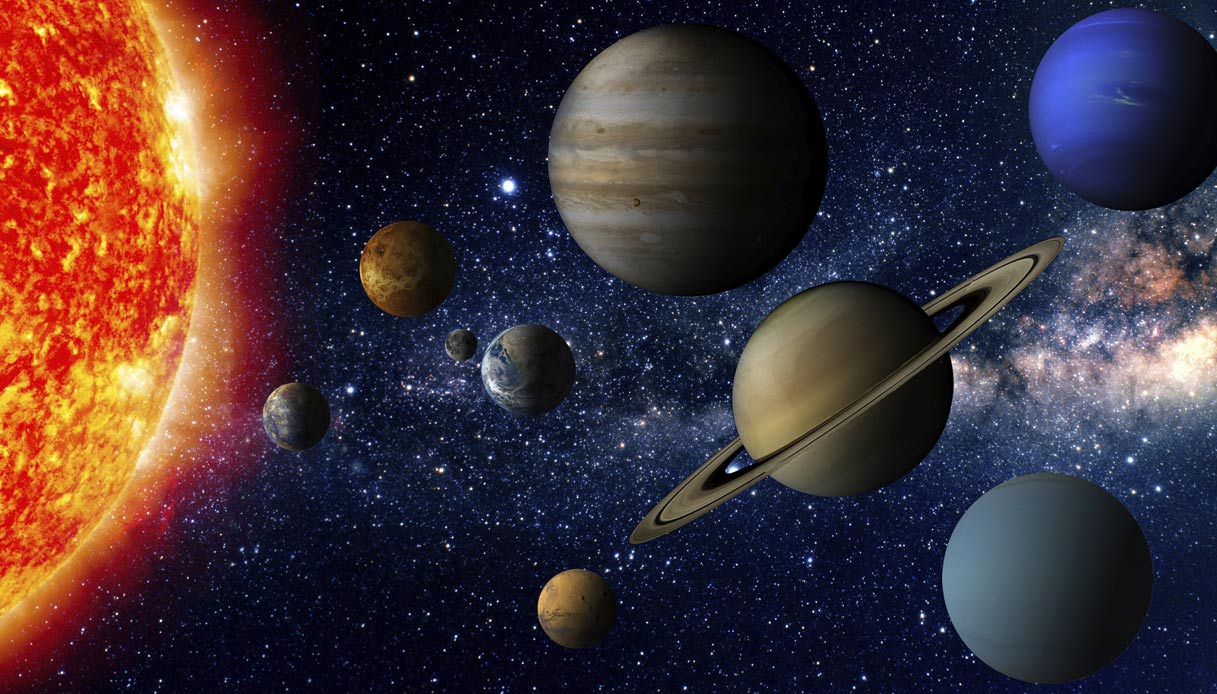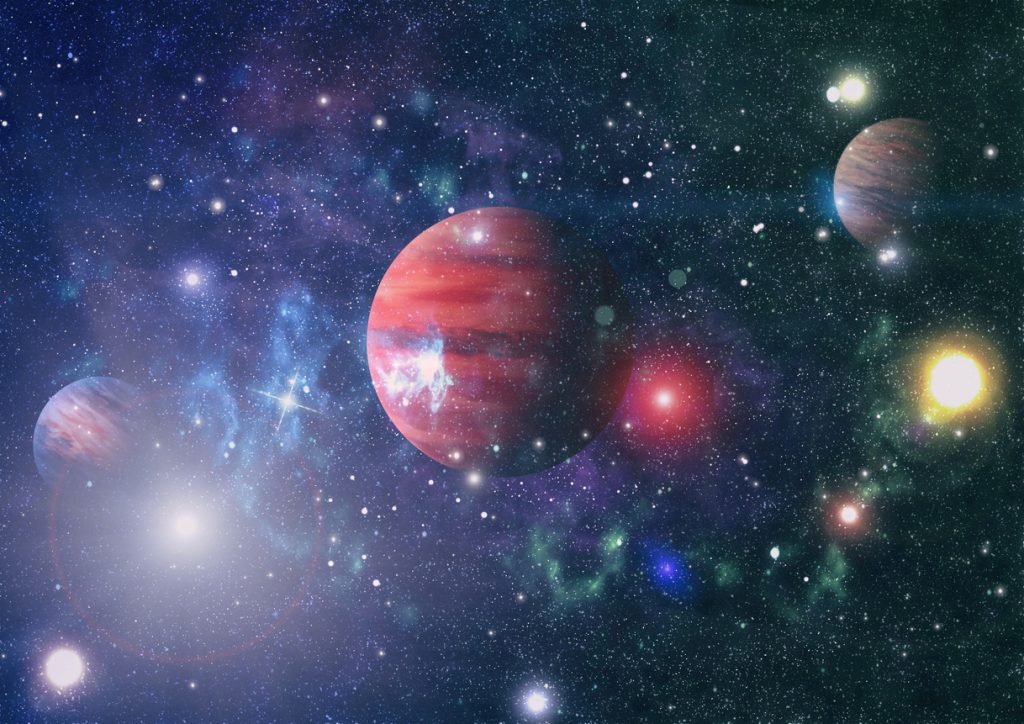© 2000-2023 - Enkey Magazine - All rights reserved
ENKEY SNC - VAT ID IT03202450924 / REA Code CA253701 - Phone. 078162719
The astronomers of the whole world, helped by new generation really sophisticated instruments, are ongoing fathom the darkness of the universe, looking for planets. Especially the telescope TESS (Transiting Exoplanet Survey Satellite) of the NASA, is continuosly looking for exoplanets, and it’s counting a really huge quantity of them. However there is a massive gap in the universe: the middle planets are really rare. The astronomers are trying to give an explanation to this cosmic gap which seems surrounding of mistery those planets.
The formation of the planets
To understand about what we are talking about we need to start from the beginning: how did the planet of the universe formed? In our solar system the Sun was born, by leaving a giant cloud that started to sharply move around it. The cloud, made by dusts and gases, joined in all the eight planets that we know today. The smaller rocky planetary bodies remained next to the Sun, by creating the small planets of the Solar System, included the Earth.
Far away from the Sun, instead, away from its light and its immense gravity, the lighter gases joined themselves, by creating the gaseous giants that still today stay placid to the edged of the Solar System.

The same thing happened around all the stars of our Galaxy and likely around the stars of all the galaxies.
The formed planets are, so, incalculable, infinite, everyone with its own characteristics and with specific size’s spectras, unless that for one specific size, the famous gap to which the astronomers are trying to give an explanation.
It seems that there are planets really small or very big, but the Universe is lacking of those middle planets, exactly of that size which goes from 1 Earth and half to 2 Earths.
The discovery of the Fulton Gap
The telescope TESS was launched in the April of the 2018 and since there it never stops to look for planets. It found hundreds of them which were born around the closest stars, of which 24 worlds. Between all the observed planets there are many of really similar sizes than the Earth one and many big between two and four times the Earth. But for same reason the planets between 1,5 and 2 times the Earth’s size are extremely rare.
The first time that someone told about the Fulton Gap, which is the lack of planets of those sizes, was during the decade of usage of the telescope Kepler, predecessor of TESS. By the way Kepler wasn’t yet advanced as much as TESS, however it seems to have continued with the same gap registered by the previous telescope, there aren’t planets just a bit bigger than the Earth, or at least they are really few.
The hypothesis of the middle planets
We don’t know yet why there is this lack of middle planets, but many hypothesis are going to be examined.
The first one has been proposed by Diana Dragomir, astronomer of the MIT and collaborator with TESS. Her hypothesis is strictly connected to the atmosphere of those planets, due to the fact that it is an important part of the planet’s ray. The middle rocky planets provided of atmosphere aren’t able to keep it for a long time. If they are enough big they are able to keep the atmosphere, but if they are of medium size they risk to fully lost it in a short time.

The second theory focuses its hypothesis in the moment of the formation of the solar systems. The gap takes place in that zone between the rocky planets and the gaseous ones.
The third theory is connected again to the atmosphere, by considering, though, this time, that the main imputed is the heat generated inside the planet. The middle planets create heat from inside towards the outside until to fully brush away their atmosphere and to let them fall down in the edge of the fulton gap.
The last theory seems to be the most popular one, even by considering the planets that we can examinate closely. Mars, for example, could be in that size zone of the Fulton Gap, before brushing away its atmosphere. And the Earth neither stops to level its atmosphere, by leaving behind it parts of its layer of hydrogen.
But we can’t say any conclusion about the whole universe yet, we didn’t have the possibility to examinate no one of those planets and those solar systems, which could have a really different story than ours.
“It’s like observing the one per cent of a haystack and say: Oh, there isn’t any needle”.
This post is also available in:
![]() Italiano
Italiano
